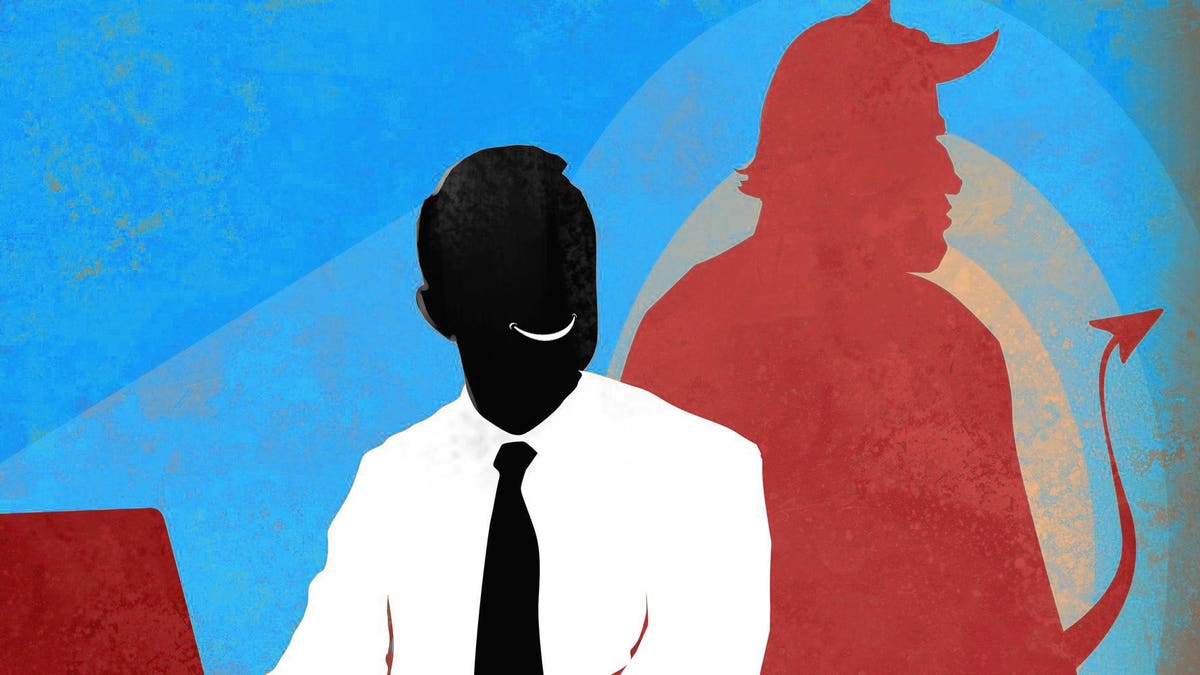In recent years, the increase in attention towards inappropriate behaviour in the workplace has cut down on the presence and the manifestations of old-style “chief bullies”. In other words, those bosses, typically male, who do not hide their mysoginist, homophobic and racist tendencies, and who won’t give up aggressive behaviour and shouting at their own teams.
But if blatant bullying is no longer accepted, this doesn’t mean that bad behavior has disappeared. Far from it. It has been transformed and camouflaged, making it harder to isolate and eventually sanction, and it has extended to female leadership, too.
The“chief-bullie 2.0” have, in substance, abbandoned spectacular vulgarities and show offs to adopt, instead, behavioral models which apparently place them in the highly-desired category of empathetic managers, but which, in actual fact, hide a more subtle and insidious form of bullying: consisting of silence rather than shouting, of failing to consider someone instead of bitter confrontation. But this is no surprise: these new bullies, who are very often high up in the ranks, are really insecure and far from charismatic, intollerant of conflict, incapable of defending their own positions in an open confrontation. For this reason, they love to surround themselves with friends or people they believe they can trust , ready to defend their boss’s strategies even when they are very obviously bound to fail. So they “tackle” dissent simply by ignoring it, corralling anyone who dares to take non-orthodox stances, doing away with unwanted presences by means of small expedients which go from “forgetting” to share information or inviting someone to a meeting, to freezing all chances of promotion for anyone who fails to toe the line. All this, often, done with a friendly smile!
It is obvious that this insidious, undeclared bullying is dangerous for organizations. Because it creates a kind of mirror effect which leads people to identify themselves in their boss’s positions in order to remain in his/her limelight, thus renouncing the expression of their own personal ideas and opinions if these will be considered unacceptable to the chief-bully. So only the careers of those who align with the dominant style of thinking go forward, at the expense of the talented who refuse to give up their right to think freely. But also of those who are more fragile because of their status or group of origin, in the first place, women. The fact, then, that this model plays on silence and non-consideration, instead of on aggressive and hence immediately visible manifestations, makes it difficult to intercept and eventually sanction the manager responsible for it.
Organizations therefore, need to become more aware of this kind of behavior and the people conducting themselves this way. Not only in order to protect possible victims, but also to avoid negative effect on business. Management models which, more or less openly, ignore conflict and diversity while rewarding, above all, uncritical fedelity to the boss, in the long run are putting organizationsal risk. Not only because this impedes the growth of the talented, who may very well make the difference, but because this covers up choices and strategies that are obviously wrong and which, if not adequately contested, may profoundly and irreparably harm the business. The consequence is an increase in the operative risk of the management team and the derailment of industrial and/or strategic plans. Not to mention when bullying pervades the Board of Directors, perhaps in the awkward pressuring on the part of the CEO or some other board member unused to collegial action. To sum up, relational disfunctuality, as usual, is typical of the more fragile and is ennacted in a toxic, pervasive manner, weakening the organization, its performances and its staff, and, in the end, reducing the sustainability of the business. This problem of organizational bullying should not be underestimated. A few jokes will not suffice to re-establish the healthy balance of a good team and business atmosphere.
Read the full article here





